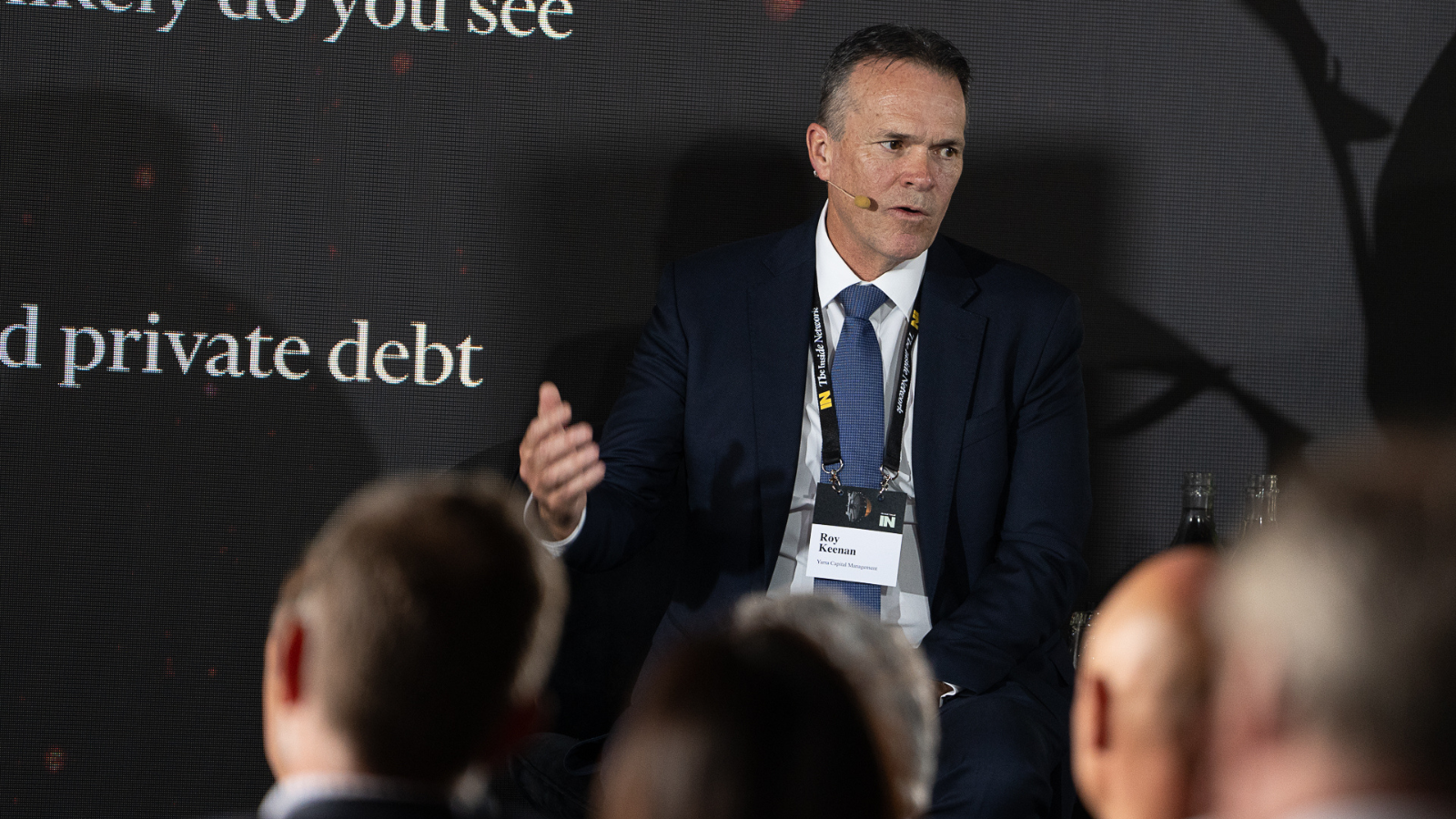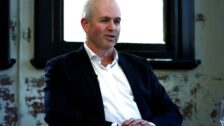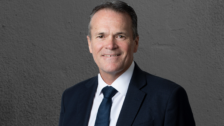Credit to sail through cycles: The case for investment-grade debt
As investors contemplate a higher-for-longer future, the search for opportunities among the mounting challenges is under way. One strong option, according to Yarra Capital Management’s Roy Keenan, is investment-grade fixed income, where high-quality investments can provide equity-like returns that were impossible a few years ago.
“Fixed income has got its defensiveness back; it doesn’t matter if it’s government bonds or credit,” Keenan told an audience of financial advisers, fund managers and analysts recently at The Inside Network’s 2023 Alternatives Symposium. “People who’ve been scarred by fixed income or credit over the last couple of years because of the rise in interest rates will really need to reassess and see the return that’s available.”
Yarra believes we’re beginning to move to the bottom of the current industrial cycle, although Keenan noted this cycle is unusual – “we’re not seeing the spare capacity rises we normally would in a slowing economy and with the central bank intervention we’ve seen”.
Emerging markets tend to lead developed markets, and the cycle is already starting to turn in markets like Turkey and Mexico, Keenan pointed out.
“Growth could be the one thing that surprises on the upside, and why people who are talking about precessions, particularly in the US, are probably going to get it wrong,” he said.
Sailing through the cycle
These dynamics mean it’s possible to get equity-like returns from fixed income, according to Keenan.
“We’re starting to generate a portfolio of securities in the marketplace that is giving us 7-plus per cent returns,” he said of the Yarra Enhanced Income Fund, which he manages; the ASX 200 has returned 7.1 per cent on average over the last 10 years.
“The yield to expected maturity on my fund today is 7.5, on an investment-grade-average portfolio. So, I really don’t have to work that hard to generate the return my customers need.”
But credit does have its pitfalls, Keenan said, with defaults and credit quality cropping up more often as concerns when an economy begins stumbling.
“There’s no doubt that the 4 per cent rise in the cash rate over the last 18 months is going to have an impact, and we think this tightening in lending standards is going to lead to defaults; I just don’t see how we can escape it,” he said.
The question that matters for investors is where those defaults will come from, particularly given that many Australian sectors are exposed to interest rate stress.
So, how is Yarra doing in this environment? “Basically, we’ve dumped into IG,” Keenan said – that is, investment-grade credit. Just 4 per cent of the Enhanced Income Fund is invested in high-yield credit, part of a strategy to avoid defaults and protect income.
“History tells us that we see defaults in high yield when interest rates rise,” he said. “We have all these cycles; it’s inevitable that we’re going to have a default cycle. It’s just a question of how big.”
While looming defaults and higher interest rates are ominous for companies that have not yet had their business model tested through a cycle, he said, the quality of credit available is another reason to like investment-grade. “Through the cycle, IG sails through.”











